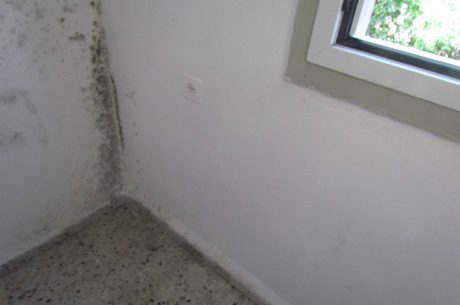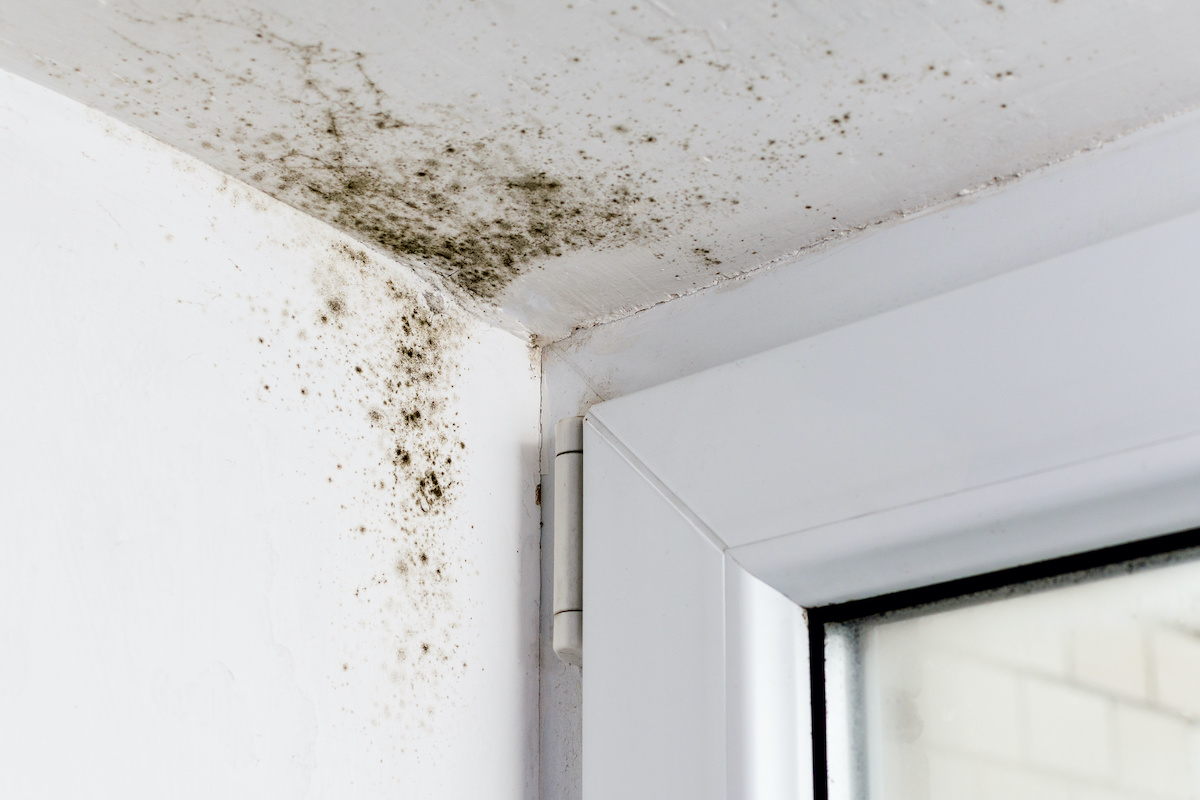Dehumidifier vs Air Purifier
When it comes to indoor air quality management, two devices stand out as stalwarts: the dehumidifier and the air purifier. While both are designed to enhance the air we breathe within enclosed spaces, they serve distinct purposes and employ different mechanisms to achieve their goals. Understanding the major differences between these two essential appliances is crucial for making informed decisions about which one suits your needs best.
In this comprehensive guide, we delve into the nuances of dehumidifiers and air purifiers, exploring their functions, benefits, and the scenarios in which each shines brightest. Whether you’re combatting mold and moisture or aiming to eliminate allergens and pollutants, grasping the disparities between these devices is the first step towards breathing cleaner, healthier air in your home or office. Let’s embark on a journey through the major differences between dehumidifiers and air purifiers, empowering you to make the right choice for your indoor environment.
Before we dive into Dehumidifier vs Air Purifier, let’s break down these concepts for you to understand.
What Is an Air Purifier?
An air purifier is a sophisticated device designed to improve indoor air quality by removing contaminants and pollutants from the air. These contaminants can range from common allergens like dust, pollen, and pet dander to more harmful particles such as bacteria, viruses, mold spores, and volatile organic compounds (VOCs). Air purifiers operate by drawing in air through a series of filters or purification mechanisms, trapping and neutralizing or removing airborne particles, and then releasing cleaner air back into the environment.
Benefits of an Air Purifier:
- Allergen Reduction: For individuals prone to allergies, an air purifier can be a game-changer. By capturing common allergens like dust mites, pollen, and pet dander, air purifiers help reduce allergic reactions and provide relief from symptoms such as sneezing, coughing, and itchy eyes.
- Asthma Management: Asthma sufferers often struggle with poor indoor air quality, which can exacerbate their symptoms. Air purifiers can help remove asthma triggers such as dust, mold spores, and airborne irritants, creating a healthier environment for those with respiratory conditions.
- Respiratory Health Improvement: Even for individuals without specific allergies or asthma, breathing cleaner air can lead to overall improvements in respiratory health. By removing pollutants and contaminants from the air, air purifiers reduce the risk of respiratory infections and respiratory-related illnesses, promoting better lung function and easier breathing.
- Odor Elimination: Air purifiers equipped with activated carbon filters are effective at neutralizing unpleasant odors from cooking, pets, smoke, and household chemicals. By adsorbing odor-causing molecules, these filters help keep indoor spaces smelling fresh and clean.
- Protection Against Airborne Germs: In addition to allergens and odors, air purifiers can also capture and neutralize airborne germs such as bacteria and viruses. This is especially beneficial during cold and flu seasons or in environments where individuals may be more susceptible to infections.
What Is a Dehumidifier?
A dehumidifier is a specialized appliance designed to reduce the moisture level in the air by extracting excess humidity from indoor spaces. These devices are particularly useful in environments with high humidity levels, such as basements, bathrooms, and laundry rooms, where moisture accumulation can lead to various problems like mold growth, musty odors, and damage to furniture and belongings.
Dehumidifiers work by drawing in moist air, cooling it to condense the moisture into water, and then collecting and draining the water while releasing drier air back into the room.
Benefits of a Dehumidifier:
- Mold and Mildew Prevention: Excess moisture in the air creates an ideal breeding ground for mold and mildew, which can pose serious health risks and cause structural damage to buildings. Dehumidifiers help prevent mold growth by reducing humidity levels below the threshold where mold can thrive, thereby safeguarding indoor air quality and preserving the integrity of the property.
- Allergy Relief: Dust mites, mold spores, and other allergens thrive in humid environments, exacerbating allergy symptoms for susceptible individuals. By controlling humidity levels, dehumidifiers help minimize allergen proliferation, providing relief from allergies and improving respiratory health for occupants.
- Odor Reduction: Damp, musty odors are common in areas with high humidity levels, signaling the presence of mold, mildew, or stagnant water. Dehumidifiers eliminate excess moisture in the air, thereby reducing odors associated with mold and mildew growth and creating a fresher, more pleasant indoor environment.
- Preservation of Property: High humidity can wreak havoc on furniture, electronics, books, and other belongings, causing warping, corrosion, and deterioration over time. Dehumidifiers help protect valuable possessions by maintaining optimal humidity levels, prolonging their lifespan and reducing the need for costly repairs or replacements.
- Improved Comfort: Excessive humidity can make indoor spaces feel hot, sticky, and uncomfortable, especially during the summer months. Dehumidifiers remove excess moisture from the air, creating a more comfortable living or working environment by reducing the perceived temperature and alleviating feelings of stickiness and clamminess.
What Is the Difference Between Air Purifiers and Dehumidifiers?
There’s a distinct contrast between a dehumidifier and an air purifier, hinging on what they target in your home’s air. Air purifiers tackle contaminants like dust mites, pollen, pet dander, and smoke, while dehumidifiers focus on extracting excess moisture.
Additionally, their operational methods differ. Air purifiers utilize filters to capture contaminants and then circulate the purified air throughout your home. On the flip side, dehumidifiers pull in air and channel it over coils to condense water, which is collected in a reservoir.
If you’re still wavering on which one suits your needs, it’s worth considering your priorities. Opt for an air purifier if you aim to enhance indoor air quality and minimize allergens. Conversely, if high humidity and the risk of mold growth are your concerns, a dehumidifier is the obvious choice. Yet, if you reside in a humid climate or find the air in your home oppressively damp, a dehumidifier can regulate humidity levels effectively. Considering both objectives—improving air quality and reducing humidity—investing in both devices might be prudent.
Dehumidifier vs Air Purifier for Smell:
When it comes to combatting unpleasant odors in your home, the choice between a dehumidifier and an air purifier depends on the source of the smell. Dehumidifiers are effective at reducing musty odors caused by excess moisture, as they extract moisture from the air, thereby mitigating mold and mildew growth, which often produce such odors.
On the other hand, air purifiers equipped with activated carbon filters are adept at neutralizing a wide range of odors, including those from cooking, pets, smoke, and household chemicals. Therefore, if the smell is primarily due to high humidity and mold issues, a dehumidifier would be more beneficial. If the odor stems from various sources or if you’re seeking a more comprehensive odor removal solution, an air purifier with activated carbon filtration would be the preferable option.
Dehumidifier vs Air Purifier for Allergies:
For allergy sufferers, both dehumidifiers and air purifiers can offer relief, albeit through different mechanisms. Dehumidifiers help alleviate allergies by reducing indoor humidity levels, which inhibit the growth of allergens like dust mites, mold spores, and mildew. By controlling moisture, dehumidifiers create an environment less conducive to allergen proliferation.
On the other hand, air purifiers target airborne allergens directly, capturing particles like dust, pollen, pet dander, and mold spores through filtration systems. If your allergies are primarily triggered by airborne allergens, an air purifier would be more effective. However, if humidity is a contributing factor to your allergies, a dehumidifier can complement the air purification process by controlling moisture levels in your home.
Dehumidifier vs Air Purifier for Mold:
When it comes to addressing mold issues, both dehumidifiers and air purifiers play crucial roles in prevention and mitigation. Dehumidifiers are particularly effective at inhibiting mold growth by reducing indoor humidity levels below the threshold where mold can thrive. By extracting excess moisture from the air, dehumidifiers help create a dry environment that is inhospitable to mold.
On the other hand, air purifiers with HEPA filters can capture mold spores and prevent them from circulating in the air, thereby reducing the risk of mold-related respiratory issues. For comprehensive mold control, especially in areas prone to moisture buildup, using a combination of a dehumidifier and an air purifier with HEPA filtration is recommended. This approach addresses both the underlying cause of mold growth (excess moisture) and the airborne mold spores that can exacerbate health problems.
PuroClean Emergency Recovery Services New Jersey is Available 24/7 for Your Mold Removal Needs – (877) 750-7876
In a property emergency, don’t hesitate to call your local PuroClean experts. We are available 24 hours a day, seven days a week, to help you with any of your property restoration needs. Our team of professionals has extensive experience and can help restore your home or business to its pre-loss condition.
In conclusion, this post has made it clear that between dehumidifiers and air purifiers, there’s no one-size-fits-all solution. Each device serves a distinct purpose and offers unique benefits, depending on your specific indoor air quality concerns and preferences.
For tackling unpleasant odors, dehumidifiers excel at addressing musty smells caused by high humidity and mold growth, while air purifiers equipped with activated carbon filters offer a more comprehensive solution for neutralizing a variety of odors.
When it comes to mold prevention and mitigation, a combination of dehumidifiers and air purifiers with HEPA filters offers the most comprehensive approach. Dehumidifiers create a dry environment that inhibits mold growth, while air purifiers capture airborne mold spores to prevent them from circulating in the air.
Ultimately, the best approach to achieving optimal indoor air quality may involve integrating both dehumidifiers and air purifiers into your home or office space. By understanding the distinct benefits of each device and considering your specific needs and priorities, you can create a healthier, more comfortable indoor environment for yourself and your loved ones.




 PuroClean Emergency Recovery Services
PuroClean Emergency Recovery Services